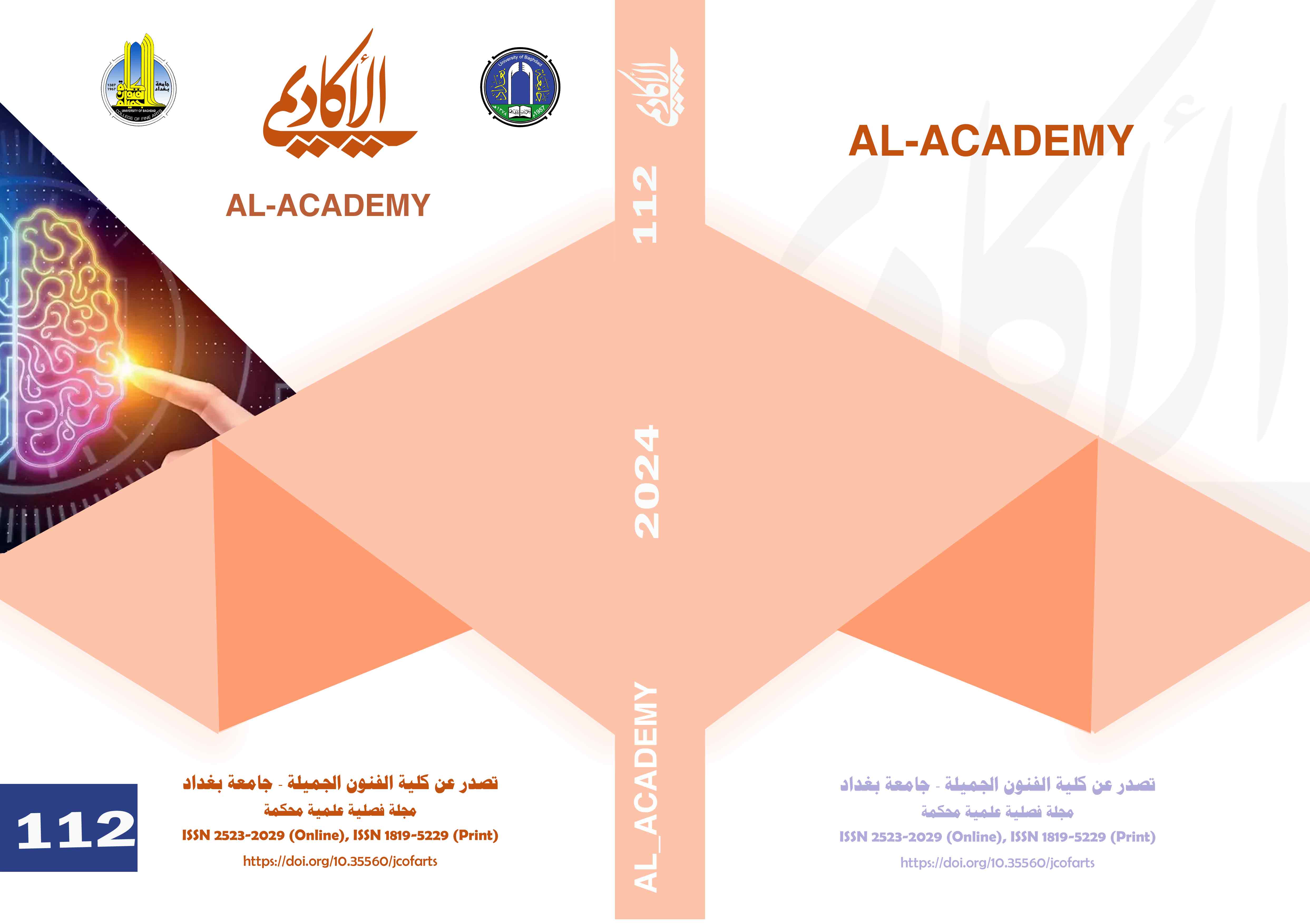Islamic Carpet Decorations in Persian Manuscript Illustrations
DOI:
https://doi.org/10.35560/jcofarts1370Keywords:
decoration(s) carpet drawings manuscriptsAbstract
This research, entitled "A Study of Islamic Carpet Decorations and Their Appearance in Persian Manuscript Illustrations," consists of four chapters. The first chapter deals with the research problem, its importance, and the need for it, as well as defining the most important terms used in it.
There are some questions related to the possibility of relying on manuscript illustrations as a primary source for studying carpet decoration. The most important questions: Do the decorations in the carpet drawings in the manuscript illustrations represent the actual designs of Iranian carpets? Was the illustrator sufficiently familiar with these designs?
The second chapter includes the theoretical framework and two sub-sections: the first on decoration in carpets, the second on the origin of Islamic carpets. The third chapter deals with the research procedures and the analysis of the research sample, including the research community and the research tool. The fourth chapter focuses on the results, conclusions, and recommendations.
References
Abdul Redha Mahiya Daoud. (1989). The artistic foundations of wall decorations in the Mustansiriya School, Department of Design, College of Fine Arts, University of Baghdad, p. 15.
Abu X Farghali, Islamic decorative arts, in the era of the Safavids in Iran, p. 178.
Afif Sabti. (1983). The Art of Arabic Naqsh, Proceedings of the Scientific Symposium Held in Istanbul, Turkey, p. 53.
Ahmed Hamad Issa. (1994). Islamic art terms, an annotated and illustrated dictionary presented by Ekmeleddin Ihsanoglu, Istanbul, p. 38.
Al-Raed, Gibran Masoud. (1992). A Modern Linguistic Dictionary, 7th edition, Dar Al-Ilm Lil-Millain, Beirut, p. 432.
An article entitled Ornamentation and its History. (2008). Star Times website, p. 23.
And. C. Audsley. (1980) Ornamentation throughout History, translated by Badr Al-Rifai and Kunya Madbouly Demand (M.S.) Islamic Arts, translated by Ahmed Issa, 1st edition.
Asim Hamad Zawrak. (2014). Dictionary of Islamic Architecture and Arts Terms, Madbouly Library, 1st edition, p. 132.
Dr. Souad Maher. The Islamic Deanship through the Ages, vol. 1, p. 181.
Dr. Yamand (M.S.), Islamic Arts, p. 287.
Ibn Manzur. (1982). Arabes Tong. Verified by Abdullah Ali Al-Kabir, Dar Al-Maaref, The Nile, Cairo, D. I., Volume Three, Zukhruf article.
Intermediate Dictionary. (2004). Al-Shorouk International Library, 4th edition, p. 416.
Kamel Ali Rabaa. (2004). The theory of exit in Islamic political jurisprudence. Dar Al Kotob Al Ilmiyah, House of Scientific Books.
Kazem Al-Janabi. (1978). Islamic Geometric Motifs, Al-Sumer Magazine, Part 1, Volume 34, Iraq, Baghdad, p. 143.
Muhammad Abdel Aziz Marzouk. (1965). Islamic art, its history and characteristics, Asaad Baghdad Press, p. 151.
Muhammad. (2022). Islamic carpets in Persian manuscript illustrations: Five Nizami’s as an example. Basra Journal of Arts, (23), 201-217.
Nader Mahmoud Abdel Dayem. (1995). Iranian ceramics in the Safavid era, an archaeological study through the Cairo Museums Collection, unpublished doctoral dissertation, Faculty of Archeology, Cairo University, p. 45.
Omar, Ahmed Mukhtar. (2008). Dictionary of Contemporary Arabic (Vol. 3). The world of books...
Souad Maher. (1986). Islamic Arts, Egyptian Book Environment, p. 174.
Turki Hassan, Atlas of Decorative Arts, p. 70.
Downloads
Published
Issue
Section
License
Copyright (c) 2024 Maa’ida Tariq Mohammed

This work is licensed under a Creative Commons Attribution 4.0 International License.













